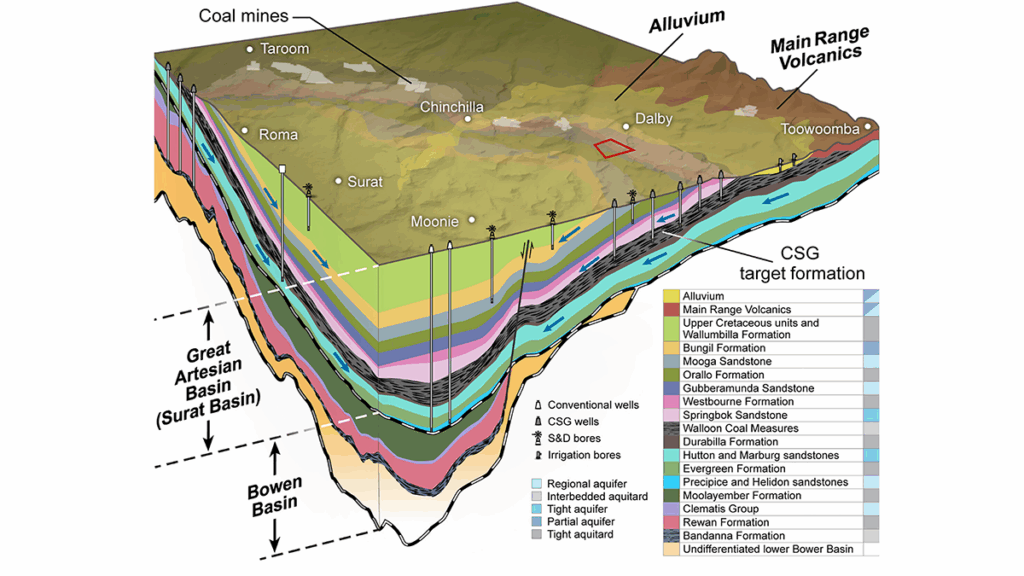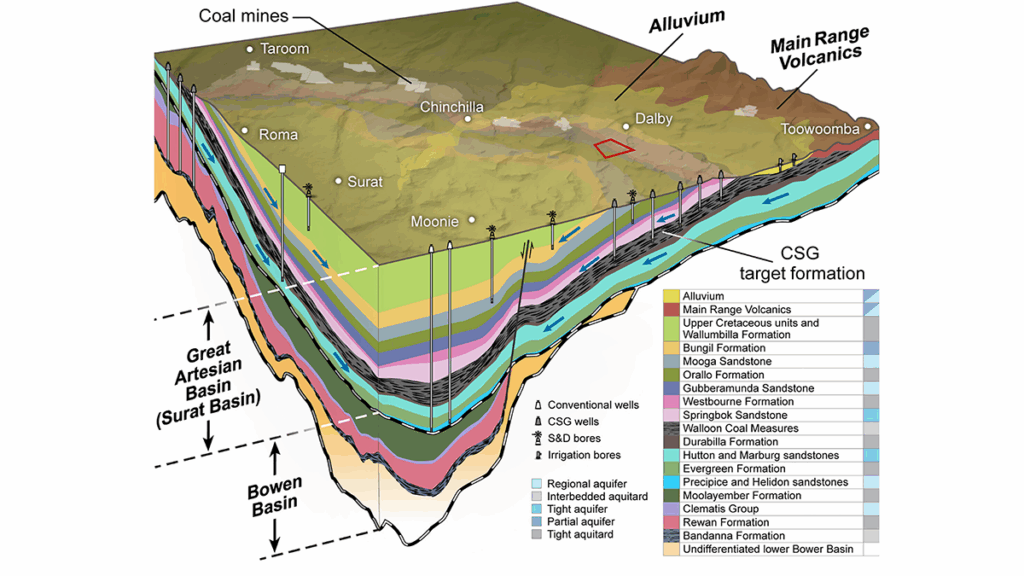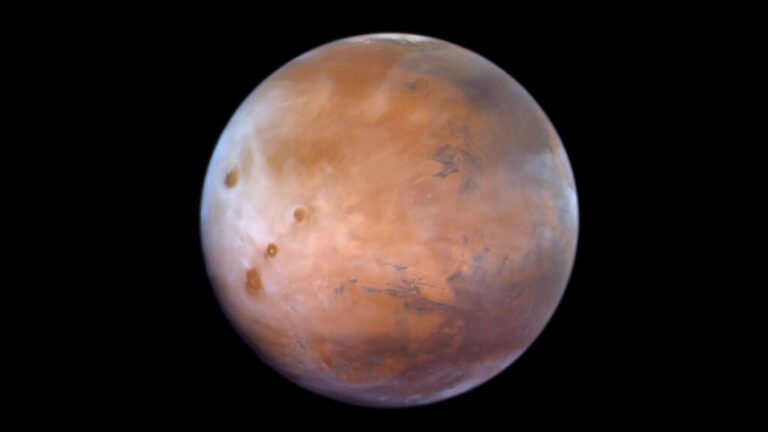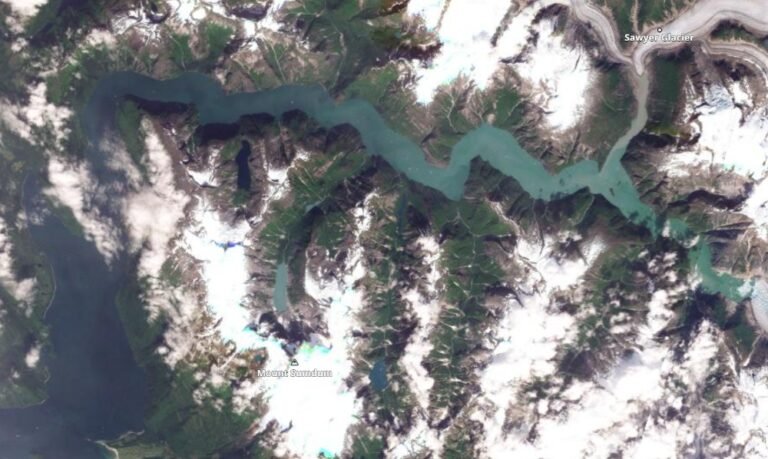

Editors’ Highlights are summaries of recent papers by AGU’s journal editors.
Source: Water Resources Research
Coal seam gas (CSG) is extracted by pumping out groundwater, which lowers underground pressure, can lead to shrinking of geological layers and make the ground above sink over time.
Cui et al. [2025] present a new way to understand and predict land subsidence caused by CSG extraction. The study introduces a model that links groundwater flow with how the ground moves, including both general sediment compression and the shrinkage of coal as gas is removed. It uses real-world data, such as groundwater levels, gas production, and satellite measurements, to improve the model’s accuracy. By testing this model in the Surat Basin (Queensland, Australia), the authors find that subsidence can reach up to 235 millimeters near some wells and follows a three-stage pattern: growth, stabilization, and partial recovery.
The model helps separate reversible and permanent parts of the subsidence, which is important for long-term planning. This work is especially useful for land managers and farmers concerned about how CSG production may affect agriculture and drainage. More broadly, it provides a practical tool for evaluating the environmental impacts of energy extraction.
Citation: Cui, T., Schoning, G., Gallagher, M., Aghighi, M. A., & Pandey, S. (2025). A coupled hydro-mechanical modeling framework to concurrently simulate coal seam gas induced subsidence and groundwater impacts. Water Resources Research, 61, e2024WR039280. https://doi.org/10.1029/2024WR039280
—Gabriel Rau, Associate Editor, Water Resources Research
Text © 2025. The authors. CC BY-NC-ND 3.0
Except where otherwise noted, images are subject to copyright. Any reuse without express permission from the copyright owner is prohibited.


